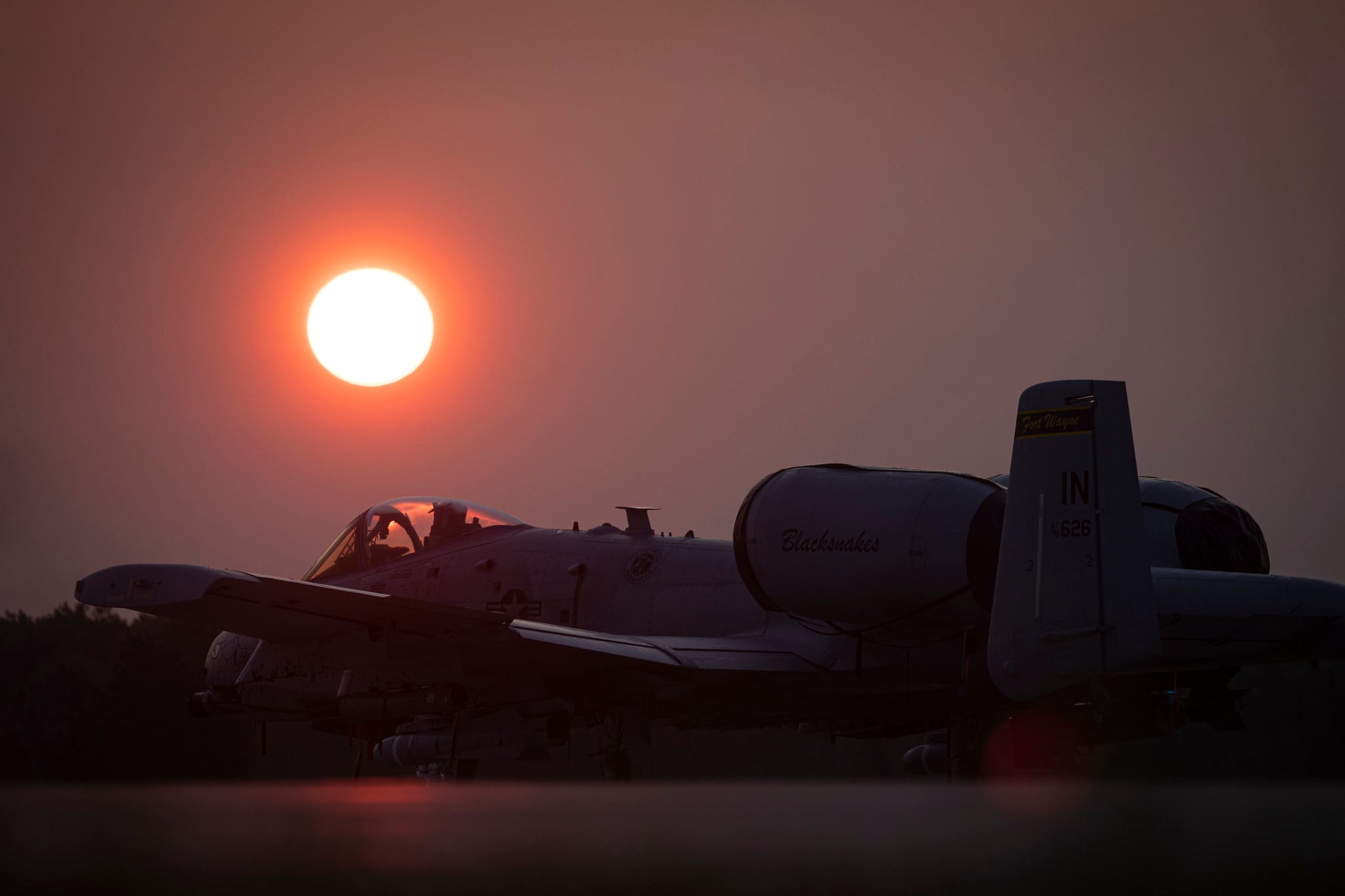WASHINGTON — The House Armed Services Committee will forbid the Air Force from retiring KC-135 tankers in fiscal 2021, but will allow the service to divest some B-1 bombers and KC-10 tankers.
In its FY21 budget, the Air Force requested permission from Congress to retire 17 of its oldest B-1B bombers and a total of 29 aerial refueling tankers, comprising 13 KC-135s and 16 KC-10s.
However, the House hopes to block the Air Force from mothballing any of its 398 KC-135s until after FY23, according to the HASC’s Seapower and Projection Forces Subcommittee’s markup of the FY21 defense policy bill, which was obtained by Defense News.
RELATED

It also would require the service to retain a total of 50 primary mission KC-10A aircraft in FY21; 38 primary mission KC-10A aircraft in FY22; and 26 primary mission KC-10A aircraft in FY23.
The Air Force currently has 56 KC-10s that are considered primary mission aircraft, so the HASC’s language would allow the service to retire six aircraft in FY21 and a total of 30 tankers over the next three years, said a source familiar with the bill. That will allow the service to retire roughly the same number of tankers as it proposed, but over a longer time period.
For the B-1B, HASC would allow the Air Force to retire the 17 B-1B bombers as planned, as long it maintains a force of at least 24 combat-coded planes, meaning the aircraft designated for conducting a wartime mission. Currently, Congress mandates that the service keep at least 36 combat-coded B-1s, out of an inventory of 62 B-1s.
The changes proposed by HASC will be debated within the Senate Armed Services Committee, which wrapped up its version of the defense authorization bill last week. SASC staffers told reporters June 11 that their proposed legislation does not stipulate what kind of aircraft the Air Force needs to keep, but does set a primary aircraft inventory requirement of 92 bombers and 412 tankers.
The House committee’s reluctance to begin retiring tankers was expected given U.S Transportation Command’s concerns about a tanker shortfall and ongoing complications with the Air Force’s newest tanker, the KC-46. TRANSCOM listed $110 million in its unfunded priorities to buy back 13 KC-135 and 10 KC-10 tankers that the Air Force wanted to retire, claiming the divestments would create a “capacity bathtub” and limit options for military mobilization if military leaders were “confronted with a crisis.”
Worries about the tanker fleet being too small were also compounded by the slow pace in resolving ongoing KC-46 deficiencies, particularly with its remote vision system. Prime contractor Boeing has agreed to completely redesign the RVS, which is used by the boom operator to see outside of the aircraft during the refueling process. However, the new system will not be ready until at least 2023.
Without it, Air Force Chief of Staff Gen. Dave Goldfein has said the aircraft will not be ready to deploy in normal operations, though it would be used in combat if necessary.
The Air Force argued that retiring some of its legacy aircraft — including the KC-135, KC-10 and B-1 — were necessary to free up funding to invest in future modernization priorities in areas such as space and joint all-domain command and control, with many of those efforts classified. However, with the B-1 bombers, leaders also argued the aircraft were becoming too difficult and expensive to maintain.
“We flew the B-1s very hard in the [U.S. Central Command area of responsibility], and that’s what’s caused some of the challenge they’ve run into,” Pacific Air Forces Commander Gen. Charles Brown told Defense News at Singapore Airshow on Feb. 10. Brown was confirmed as the next Air Force’s next chief of staff earlier this month.
“So part of the discussion here is: Do you put a bunch of money in to preserve that at the expense of some other things you’re going to be able to do to give you other capability?” he said.
Valerie Insinna is Defense News' air warfare reporter. She previously worked the Navy/congressional beats for Defense Daily, which followed almost three years as a staff writer for National Defense Magazine. Prior to that, she worked as an editorial assistant for the Tokyo Shimbun’s Washington bureau.
David B. Larter was the naval warfare reporter for Defense News.








